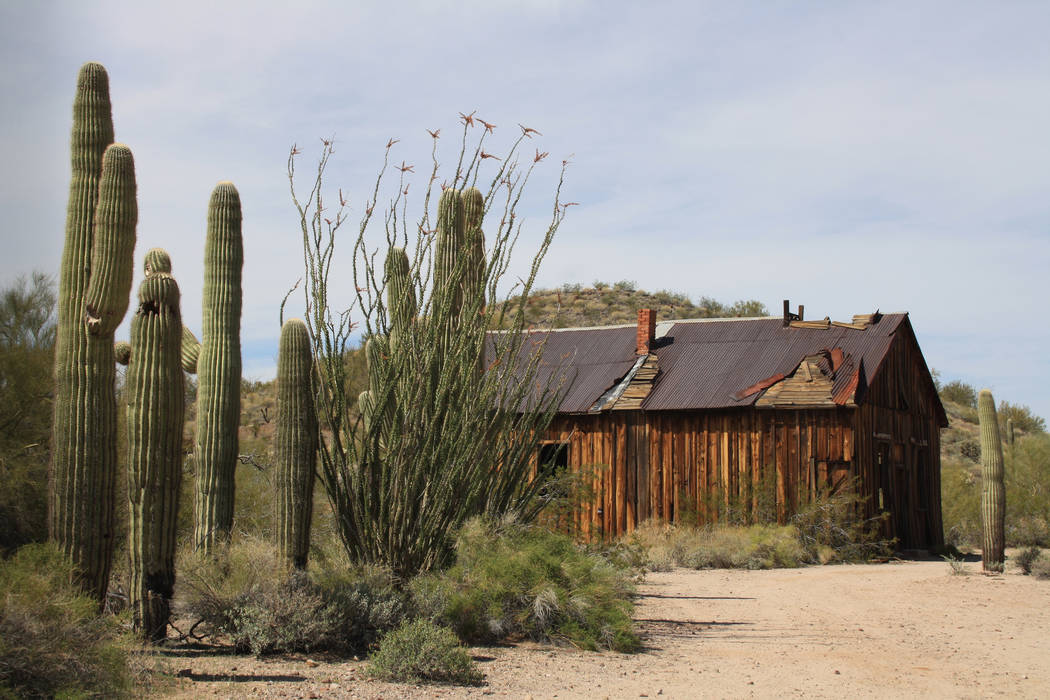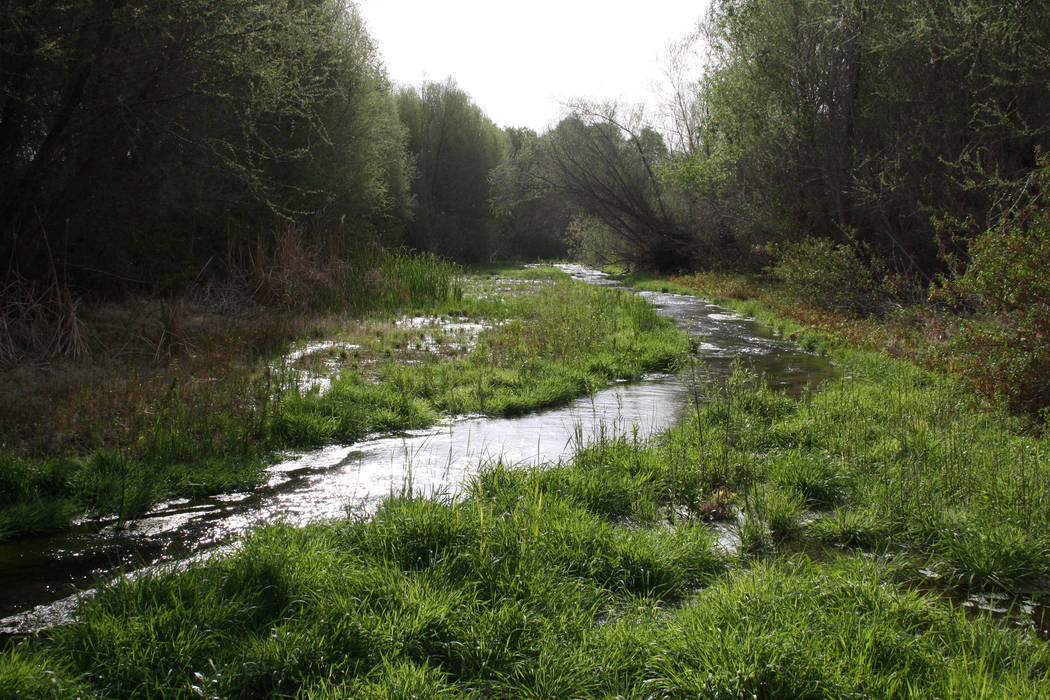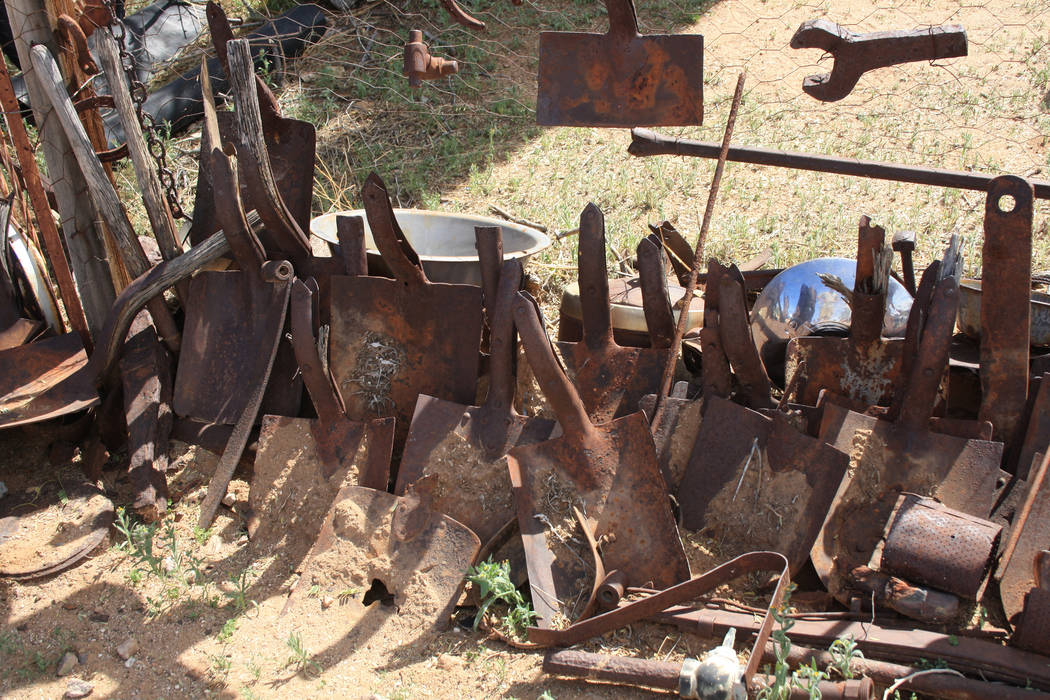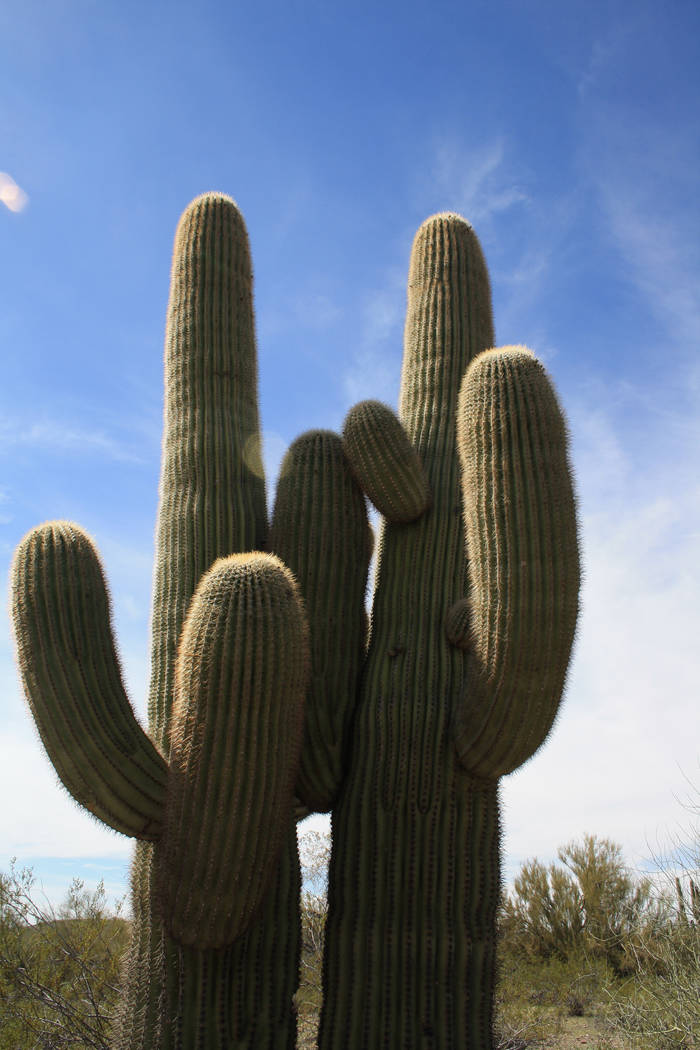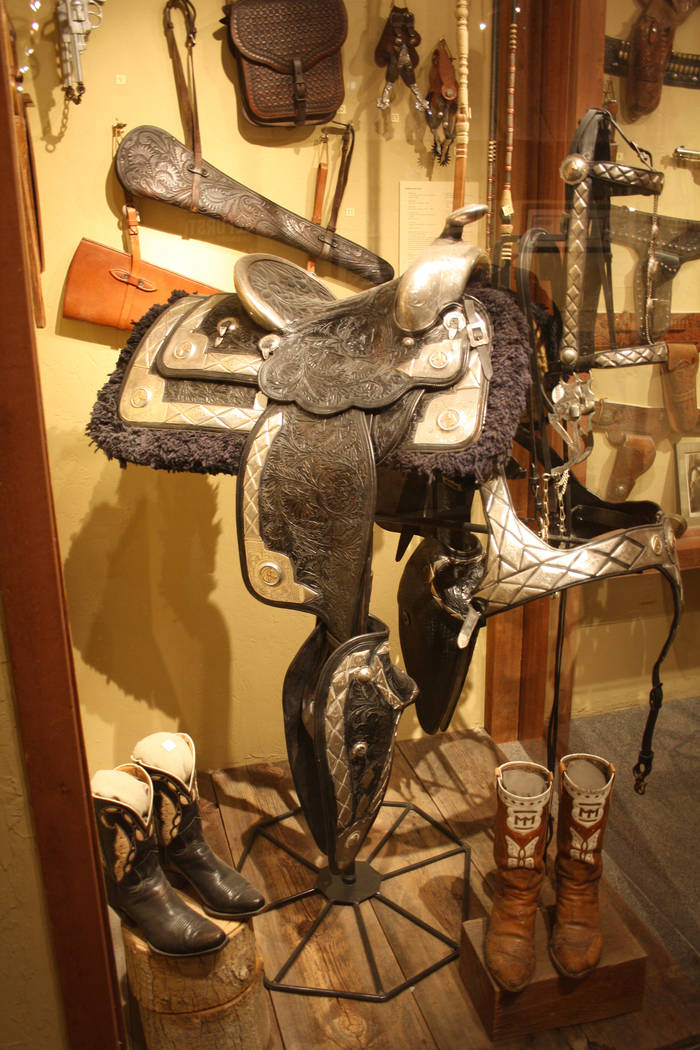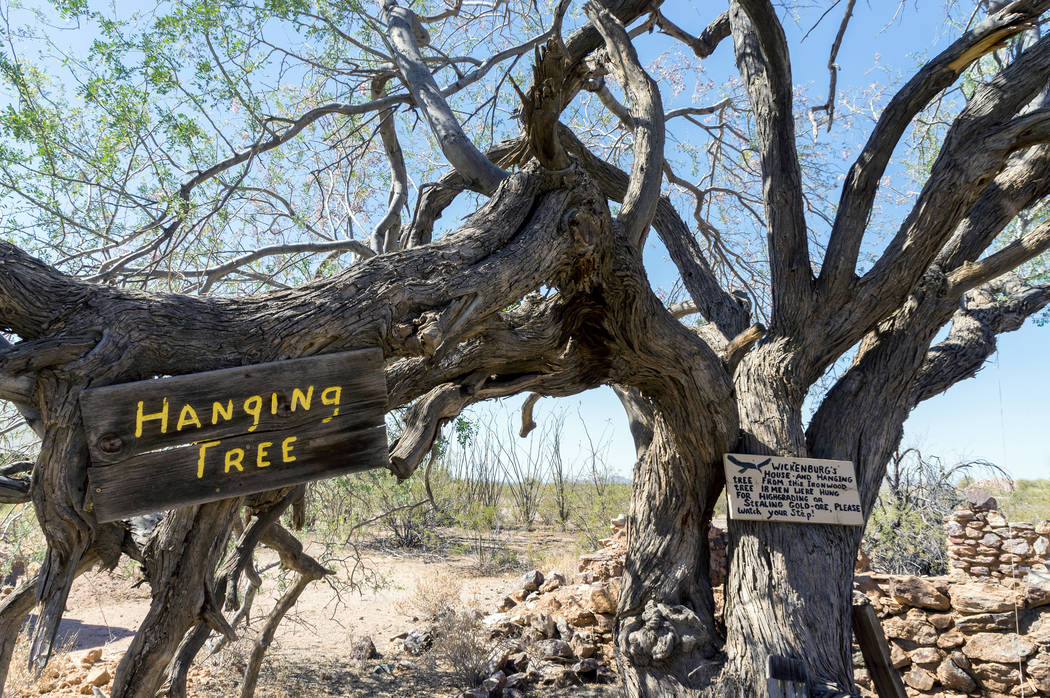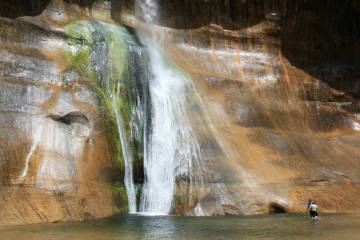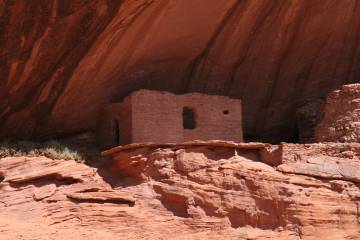Make a winter getaway to historic Wickenburg, Arizona
Interesting history, striking scenery and mild weather make Wickenburg, Arizona, an outstanding choice for a winter getaway.
Located in the high desert about 3½ hours south of Las Vegas, the town is surrounded by rolling hills of picturesque Sonoran vegetation such as saguaro, ocotillo and barrel cactus. In February the average daytime temperatures reach the high 60s, with March averages in the low 70s.
The town was established in 1863 and named for Henry Wickenburg, an Austrian immigrant who ventured west seeking mining riches. He discovered the quartz outcropping that became the Vulture Mine. It operated from 1863 to 1942 and produced 340,000 ounces of gold and 260,000 ounces of silver.
The Vulture City Ghost Town, located about 12 miles from Wickenburg, is a fine place to spend an hour or so strolling around the old mining town along a half-mile gravel walking path. You will find plenty of old buildings to poke around in and see hundreds of mining artifacts.
Don’t miss Henry Wickenburg’s restored 15-by-20-foot cabin, which he built in 1864 of stone and adobe. Nearby, look for a large ironwood tree said to be 200 to 300 years old. It’s known as the Hanging Tree, and according to legend, 18 men were executed there for mining thefts and other crimes.
Though it started as a mining town, Wickenburg became a center of cowboy culture and remains so. For instance, many team roping events are held throughout the winter.
Start your visit at the Wickenburg Chamber of Commerce, located at the Santa Fe Depot, which was built in 1895. Pick up a map and set out on a self-guided walking tour.
More than 20 buildings are listed in the National Register of Historic Places, an impressive number for a town that counted only about 6,400 residents in the last census. Throughout the town there are bronze sculptures depicting historic events and people.
Be sure to stop in at the Desert Caballeros Western Museum. Its artwork includes originals by masters including Frederic Remington, Charles Russell and George Phippen. There’s also a fine folk art and Western heritage collection highlighted by bolo ties, spurs, bits, bridles, chaps and gun belts.
If your feet itch for hiking trails, the best all-ages options are found at the Hassayampa River Preserve. The 770-acre park is filled with streamside habitats and excellent birding opportunities.
Most of the 100-mile Hassayampa River runs underground, but here at the preserve, its crystal waters flow year-round, creating a haven for wildlife. More than 280 species of birds, both resident and migratory, have been recorded here.
Pack your binoculars for a stroll among the cottonwoods and willows on short, easy trails. Some birds to look for include the great blue heron, green heron and a variety of hawks.
The 72nd annual Gold Rush Days will take place Feb. 14 to 16. The event honors the era of ranching and gold mining that put the town on the map.
This celebration is not only the town’s largest but also features a national senior pro rodeo, a carnival and an artisan fair, as well as a parade that is one of Arizona’s largest. The Gold Rush parade will take place at 10 a.m. Feb. 15 and include more than 100 entries.
If you go
For more information on Wickenburg, contact the Chamber of Commerce at 928-684-5479 or visitwickenburg.com.



